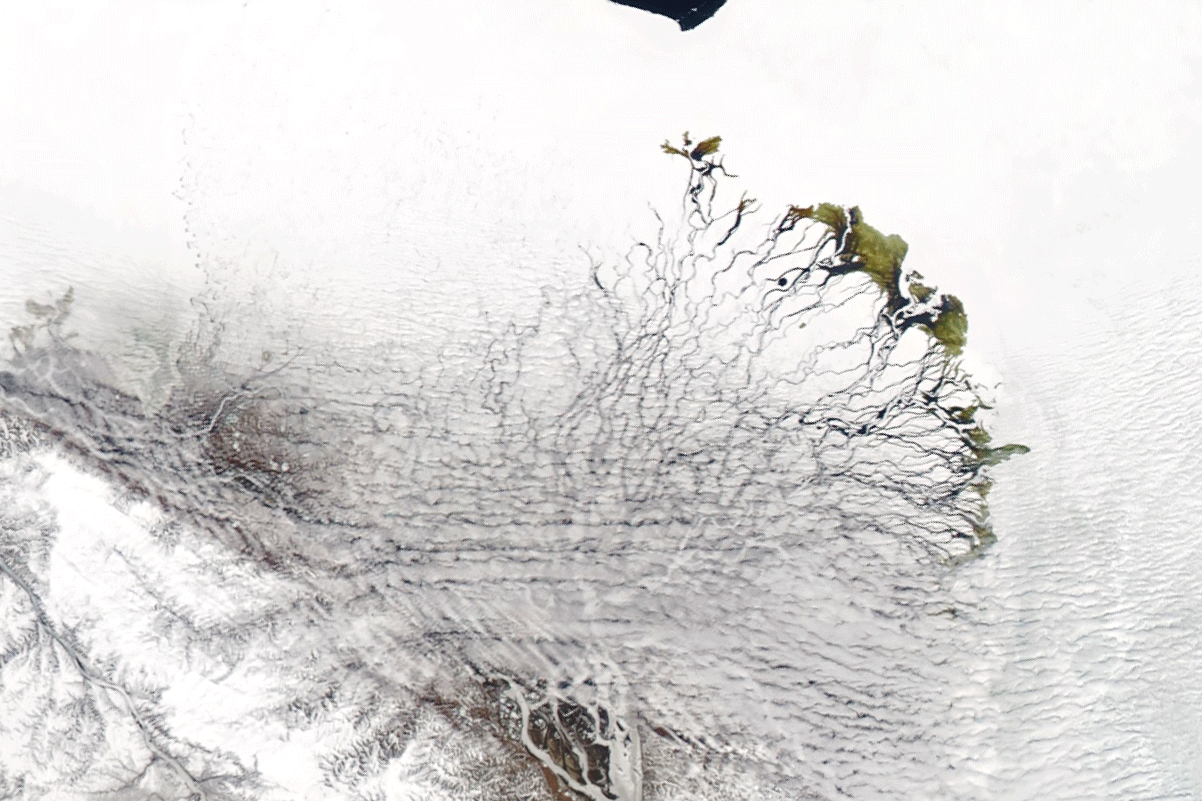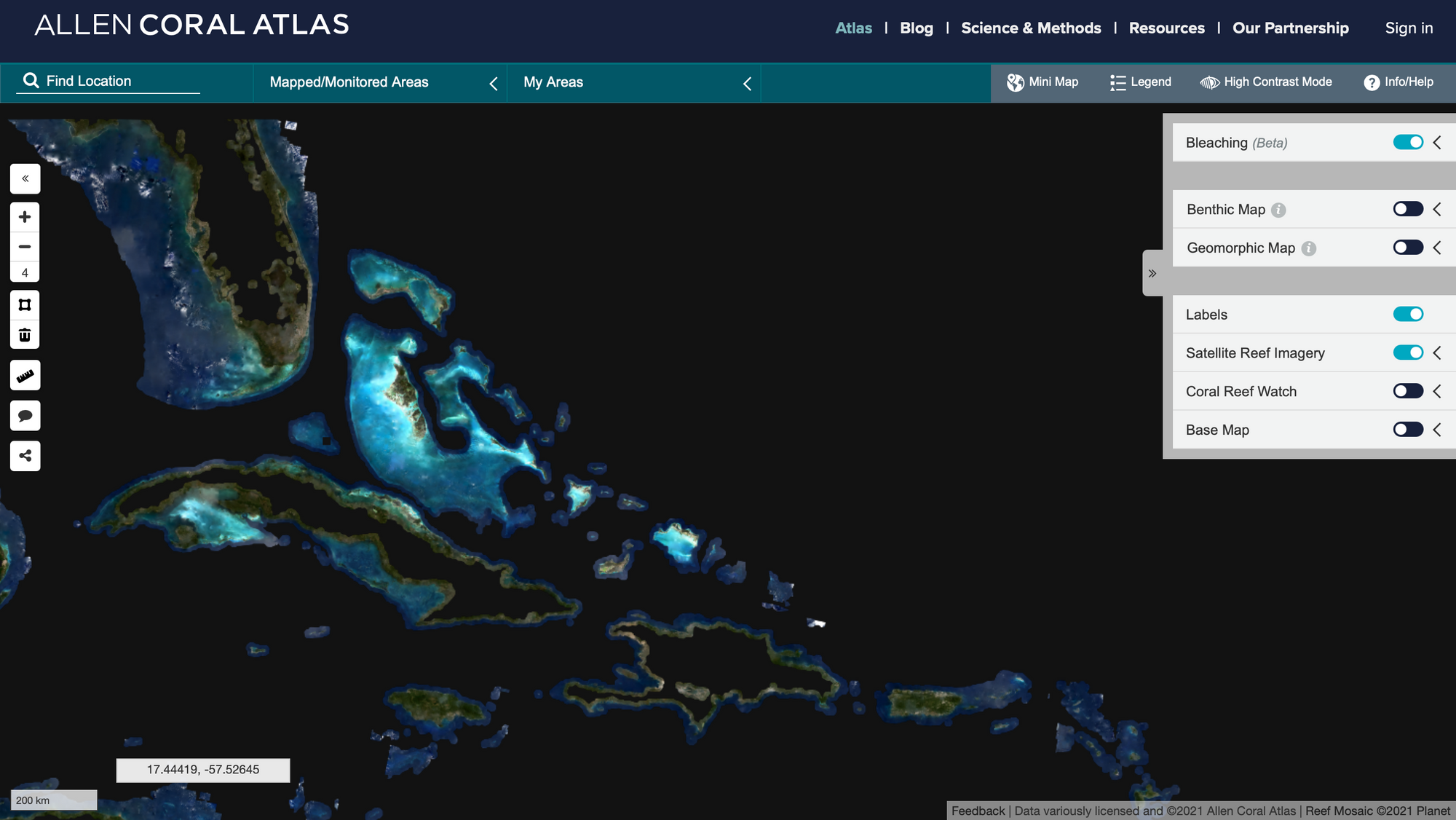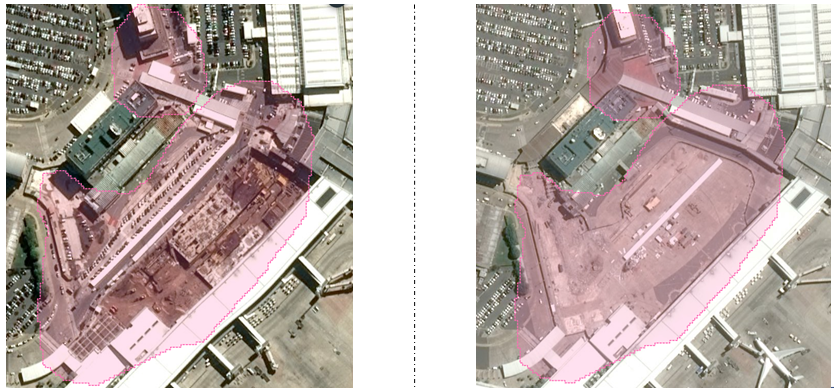
💡 Optimist’s Edge: Should we fix Earth before going to space?
In our survey, a majority believes we should fix the problems on Earth before we go to space. But without space, we will have a much harder time fixing problems on Earth. Here is why.
Share this story!
Summary
📉 What people are wrong about
Before we go to space, we should fix the problems on Earth, 61 percent says in our survey.
📈 Here are the facts
Satellites can help us understand Earth better by providing vital information in many different areas, giving a global perspective with many details on problems that before only could be studied in pieces at a time.
Satellites can, for instance, photograph and monitor Earth’s surface, help with predictions by observing weather and climate, and monitor ecosystems that are otherwise hidden.
💡 Optimist’s Edge
We don’t have to choose Earth or space. And we don’t have to “fix Earth” before we go to space.
Space helps us solve problems on Earth that would be very hard to solve if we limited ourselves by staying put on the surface.
For example, monitoring the health of coral reefs is costly and hard to do on Earth, but much cheaper and easier to do in space using satellites.
👇 This is how you get the Optimist’s Edge
Satellites can be used in many different professions, and satellite data gets more accessible every day.
ICEYE is one example of a company that offers satellite data that is user-friendly and thereby ready to be used. The company is a good example of how you and your business can access valuable information that otherwise would be hidden.
Furthermore, if you too want to help one of the most threatened ecosystems in the world, you can engage and learn more about coral reefs and bleaching events on Allen Coral Atlas-webpage. There you can explore Allen Coral Atlas maps as well as report bleaching events in your area.
Full article
📉 What people are wrong about
Before we go to space, we should fix the problems on Earth; that's the belief amongst 60 percent of respondents in our survey. They seem to believe that an investment in the space industry takes away resources needed to fight more important problems on Earth such as climate change, poverty, and war.

They are right about one thing. There is more to explore on Earth. According to the National Geographic Society, more than 80 percent of the ocean is still not explored− so why not explore our own planet first?
One can suspect that most people don't know the broad use of satellites for other things than GPS navigation, live-broadcasted TV, and maybe communication.
Not everyone sees the success gained from the space industry. Even when the space race was in full motion, some polls showed that a majority did not believe that we should go to the moon. Many Americans, even the president during the space race, Dwight D. Eisenhower, discussed whether the cost and taxpayers' money were worth it, a fact discussed in an article by Louis Anslow published on Medium. As a matter of fact, only 39 percent supported the moon landing in 1965, according to Gallup.
📈 Here are the facts about satellites
Satellites can help us understand Earth better by providing vital information in many different areas, giving a global perspective with many details on problems that before only could be studied locally. Satellites can, for instance:
- Observe Earth’s surface, for example, storms and wildfires.
- Help with predictions by monitoring weather and climate.
- Monitor ecosystems, for example, coral reefs.
Satellites allow us to look upon Earth with different eyes. The 1968 Earthrise photograph showed our home from a new perspective. The public saw the fragility of Earth for the first time as a small blue dot appeared in the dark background. The image greatly influenced the public by showing the hard truth: we only have one planet, and we need to treat it like such. The environment needs to be protected to make life on Earth sustainable. And more importantly, to protect Earth, we need to know more about our home, which satellites can help us with.

One type of satellite that helps us understand Earth better is called Landsat satellite. They help us understand our home by observing and measuring the planet's surface. The satellites provide information through images, and as a bonus, we get to experience the surreal beauty of our home planet.
In the image below, the life of the Lena River Delta is captured. The river stretches between northeast Siberia into the Arctic Ocean and is either frozen or melted, with green organic matter dissolved in the water.

One application that is very important, but often forgotten about, is that weather satellites can give us important insights into our climate. According to the World Meteorological Organization, there are 160 meteorological satellites in orbit today, with the capacity to do 80 million observations each day. These satellites can observe weather on a global scale, mapping storms, ocean currents, melting icecaps, and much more. These insights, of course, play a role in fighting global warming and climate change.
Another application of satellites that can help with an environmental issue is to use satellites to monitor coral reefs and their condition, an application we have previously written about. A project by the Allen Coral Atlas recently launched a tool that can be used to observe and monitor coral reefs from space. The satellite-based system can, almost in real-time, monitor bleaching events and thereby convey changes in the coral reefs’ health.

💡 Optimist’s Edge
We don’t have to choose Earth or space. And we don’t have to “fix Earth” before we go to space. Space helps us solve problems on Earth that would be very hard to solve if we limited ourselves by staying put on the surface.
We need space to fix problems on Earth.
Satellites have truly changed how information is spread and how we navigate, but many people believe that's all they do. A common misconception seems to be that the space industry is a separate thing, not benefiting life on Earth at all. Maybe people fear that as we reach further out in space, we leave our old life behind. However, that is not necessarily the case.
Many inventions such as artificial limbs, safe landmine removal, solar panels, and many more have been brought to life during the exploration of space. We have challenged ourselves and solved problems that, at first glance, seemed impossible. Satellites enabled global communication and navigation, an innovation that changed our everyday life at the core. And today, they help us with so much more.
Satellites have given us access to more than weather data and television. One important application is to use satellites to monitor and track objects and systems.
Monitoring coral reefs from the earth is costly. You need to go there by boat or an aircraft and dive down to measure the health of the reef. And you can only visit one location at a time. Using satellites, the whole job can be done from space, and artificial intelligence warns us if something is happening to the coral reef.
The satellites can collect data to show the whole picture and can observe large areas simultaneously. With their help, we can get a global picture that can help us to make better decisions to protect and help the reefs.
Therefore, satellite data helps us make better decisions.
👇 This is how you get the Optimist’s Edge
Satellites can be used in many different professions. As a company, you can buy satellite data for different uses to help your business grow. ICEYE is a company that offers satellite data that is user-friendly. On their webpage, they highlight the importance of satellite coverage:
Life on Earth is constantly changing. The ability to see and track these changes is key to understanding, predicting and responding to events around us.
The company is a good example of how you and your business can access valuable information that would otherwise be hidden.
As a farmer, you can use satellite imagery to predict farm yield, and governments can monitor the shipping of products across the globe. A business can use satellite data to observe changes, monitor construction sites, estimate traffic... the list is endless.
Using a change detection algorithm, businesses can analyze and observe changes in infrastructures such as buildings and roads, helping them to analyze problems, make plans, and solve them.

Another crucial application of satellite coverage is at a disaster site. Satellites can help assess the damages and help emergency responders to find locations and the best routes.
Further, if you to help one of the most threatened ecosystems in the world, you can engage and learn more about coral reefs and bleaching events on Allen Coral Atlas-webpage. There you can explore Allen Coral Atlas maps at the same time as you can report bleaching events in your area.
❓ What more can you do?
We are happy if you would like to share your thoughts about this article with other premium supporters on our Facebook group.
Note! The survey was conducted on 500 respondents via Google Surveys.
By becoming a premium supporter, you help in the creation and sharing of fact-based optimistic news all over the world.


